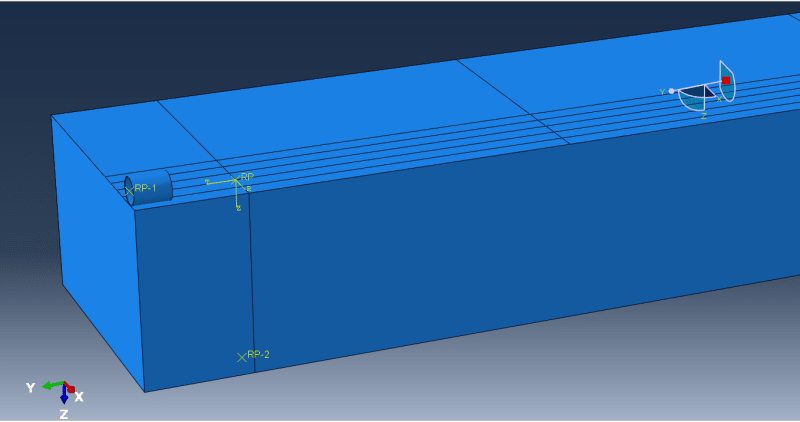anthaivn2019
Structural
dear all
I am conducting wave analysis in the ground.
1/ Abaqus required with dynamic analysis using SpringA.can help me example create SRINGA in analysis like?
2/ Example of dashpots coefficient.
Many thanks,
Hoang An
Follow along with the video below to see how to install our site as a web app on your home screen.
Note: This feature may not be available in some browsers.

